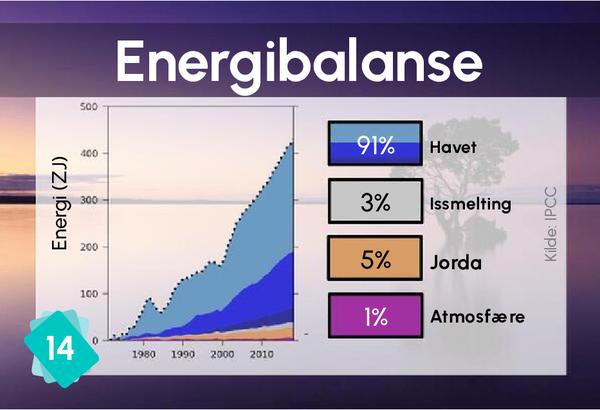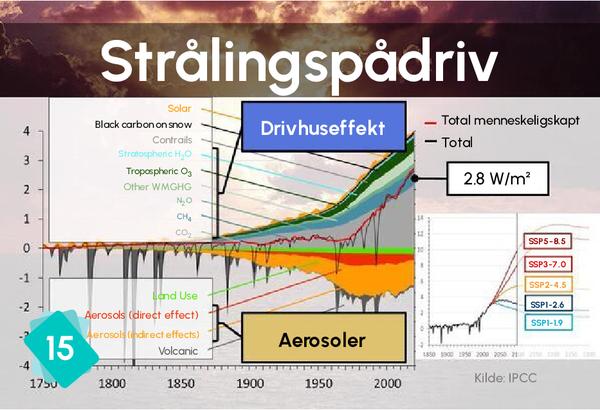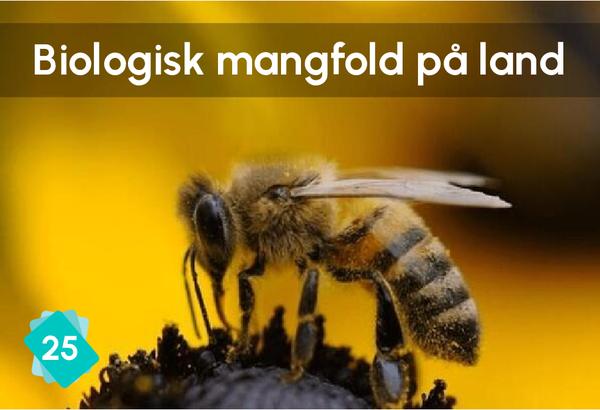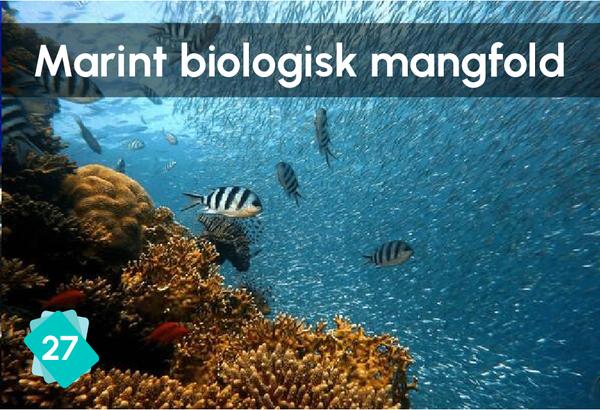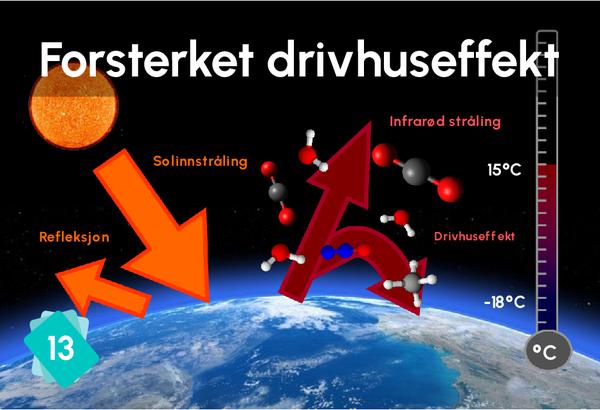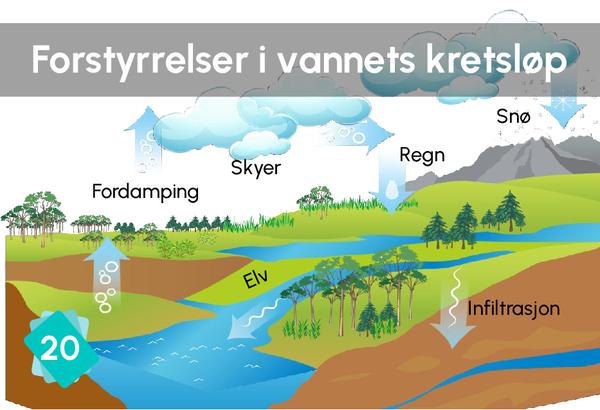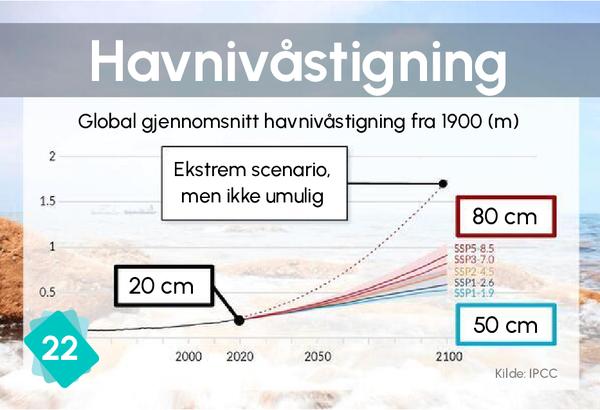18 - Smelting av sjøis
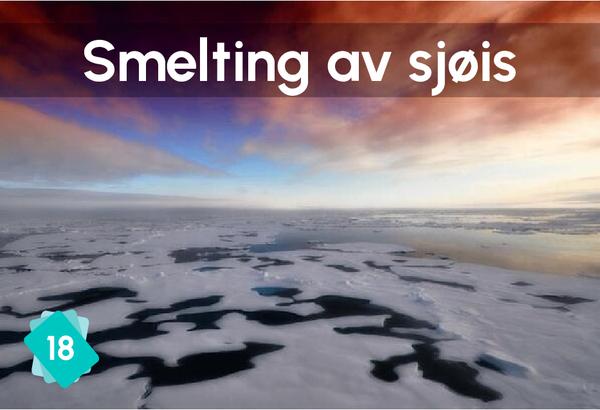
✏️ This explanation does not yet exist in your language. Please fill this Google Form if you want to help us!
Volumet som opptas av isen under overflaten er nøyaktig det samme som volumet av isen når den har smeltet. Dette er prinsippet om Arkimedes' oppdrift[1]. På grunn av sin salinitet dannes havisen når sjøvann er ved en temperatur under -1,8°C[2]. Havisen dannes når sjøvann fryser, så den inneholder salt, men saltet blir drevet ut etter hvert som havisen dannes. Dette betyr at sjøisen består av relativt rent ferskvann, mens området rundt havisen består av saltere sjøvann. Denne egenskapen har viktige implikasjoner for havsirkulasjonen og marine økosystemer i polare regioner. Havisen finnes i Arktis og Antarktis. Den arktiske havisen følger en sesongsyklus. Den smelter delvis om sommeren og dannes på nytt om vinteren. Men siden slutten av 1970-tallet har man observert en generell nedgang av arealet dens.[3]. Det anslås at den kan smelte helt om sommeren innen slutten av århundret[4].
1Cause
3Other possible consequences
When the ice pack melts, a white surface is replaced by a dark blue surface, which has a lower albedo and therefore absorbs more energy. This relationship is not essential but it does allow another feedback loop of the game to be put forward.
The poor polar bear is a powerful symbol of the climat. If players make this connection, suggest they draw a bear!
3Wrong consequences
This link would mark confusion with the amplifying effect due to albedo. The white sea ice melts to reveal a darker surface underneath and the extra energy absorbed warms the Earth. This mechanism is called albedo and has nothing to do with the greenhouse effect. It belongs to the orange arrows on card 13, not to the red arrows.
The melting of the Arctic ice pack, but also the melting of Greenland's glaciers may lead, in the distant future, to a disruption of the thermohaline circulation (which gives rise to the Gulf Stream). But beware, the "Water Cycle" card does not refer at all to the thermohaline circulation.




